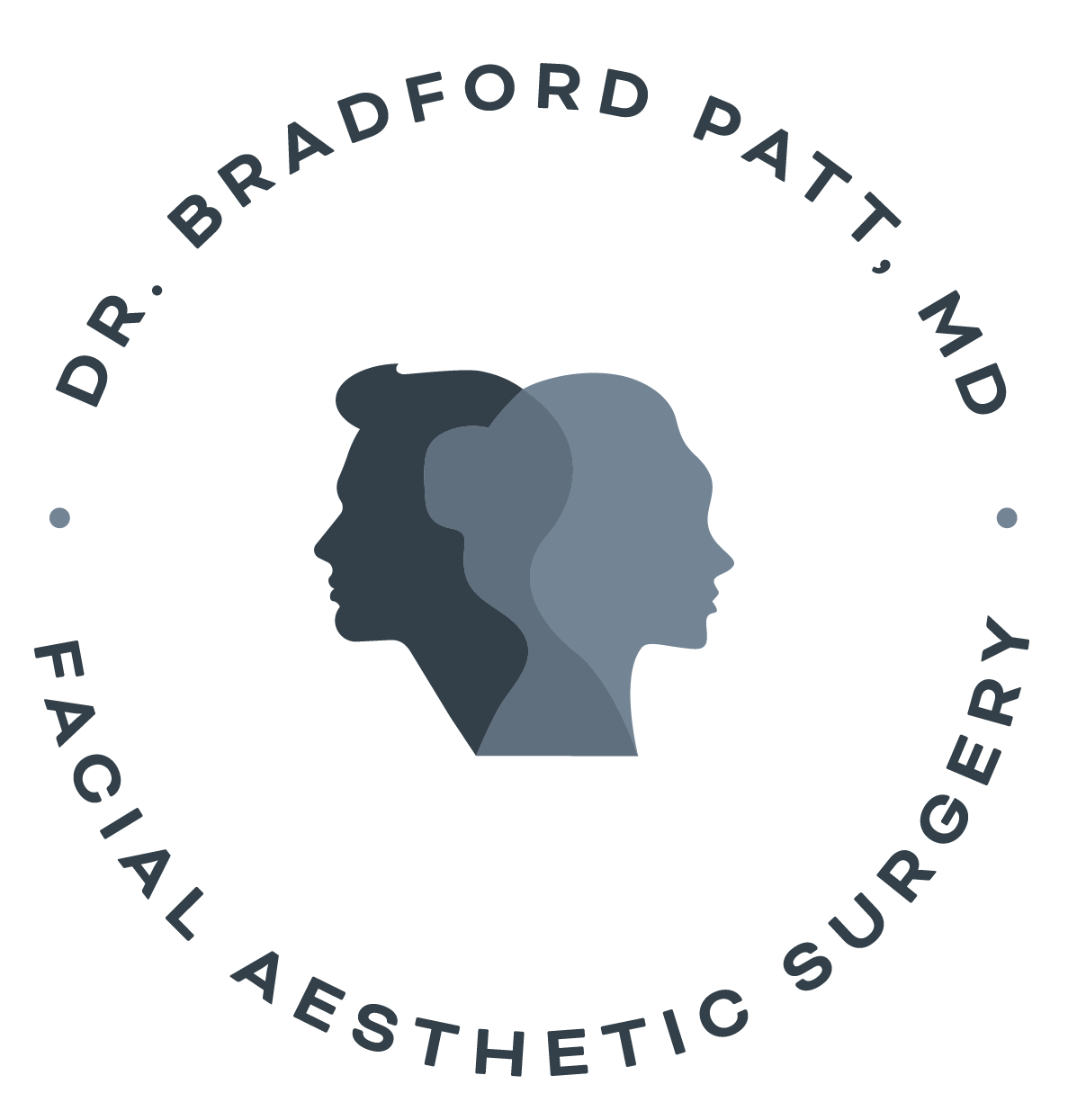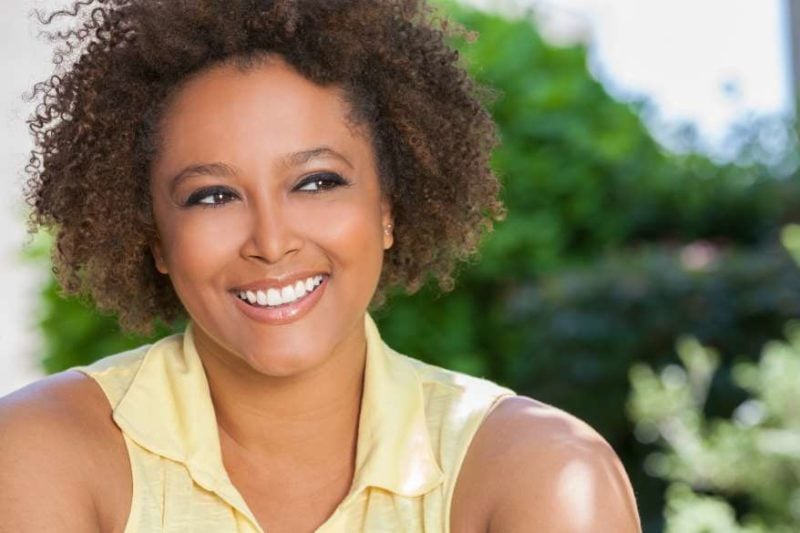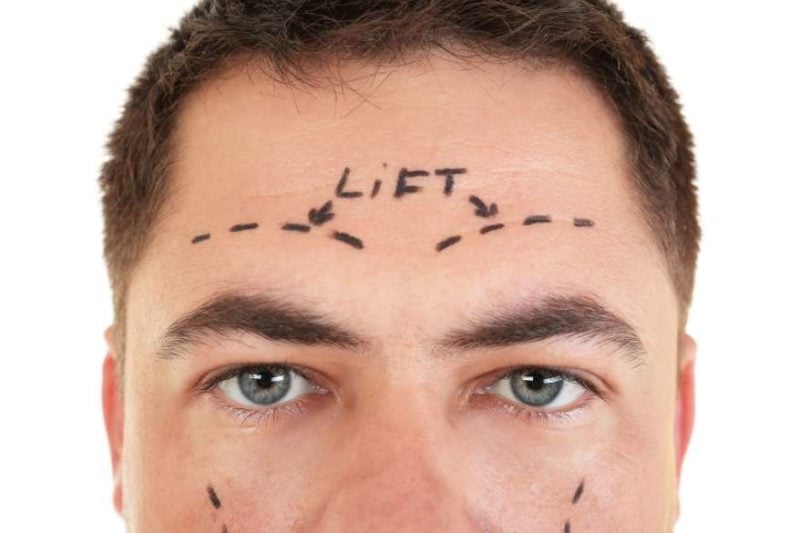Experiencing facial disfigurement can be difficult, but many patients have options for correcting their issues. With the help of a trained surgeon, many instances of an abnormality can be repaired. Some people are born with a deformity, and others have been subjected to a traumatic physical injury. Whatever the cause, a skilled plastic surgeon can provide relief for many types of disfigurement.
Accidents and Injuries
Physical trauma is one cause of facial disfigurement. Automobile accidents or mishaps with contact sports, for example, can lead to an abnormality on the face. Personal or workplace accidents might also result in facial trauma. These are the types of incidents that can cause soft tissue damage or broken bones, particularly in the cheekbone, jaw or nose. These injuries can also cause the shape of the facial structures to change. An expert examination of the injury will reveal the best course of action to remedy the damage that has been done.
Accidental exposure to chemicals is another common source of injury that can often be corrected with surgery. Burns and scarring from other types of traumas might also cause a type of disfigurement that a skilled surgeon can fix. The burns might be the result of exposure to extreme cold, radiation, gases, fire or electricity. In the hands of an experienced surgeon, the appearance of scars can be minimized, and they might even be blended with the patient's natural skin tone.
Illnesses
Illnesses can also lead to facial deformities. Cancer, cysts and salivary gland diseases, for instance, can cause disfigurement. The patient's health is of utmost importance, and feeling well can also mean correcting abnormalities when possible. Sometimes, the treatment of conditions such as tumors will lead to a disfigurement that could be fixed with surgery. An examination of the area affected is the first step in assessing the ways in which facial reconstructive surgery might complement the health care a patient receives for the underlying issues.
Birth Defects
Some deformities are the result of birth defects. Cleft palate and cleft lip are common examples. Birthmarks might also prompt a patient to seek surgery. Some patients are treated as children, but some elect to wait and seek surgery as an adult. An experienced professional can explain all available options for treating craniofacial abnormalities.
Rhinoplasty
Rhinoplasty is a common type of facial plastic surgery. Nose reconstruction is often done for aesthetic reasons, but it might also be done to help improve function. Trauma or a birth defect can lead to breathing problems that may be corrected with reconstructive surgery. Sometimes, patients gain better function in addition to a more pleasing aesthetic after rhinoplasty. The exact techniques used will depend on the specific need for the surgery and the overall goals to be achieved with the procedure.
Injuries, diseases and craniofacial defects that cause disfigurement can be as painful emotionally as they are physically. Fortunately, corrections are often easier to achieve than many people realize. A thorough consultation is the best way to determine the type of surgery that might be best suited for a patient.
For more information, contact Dr. Patt's office!





